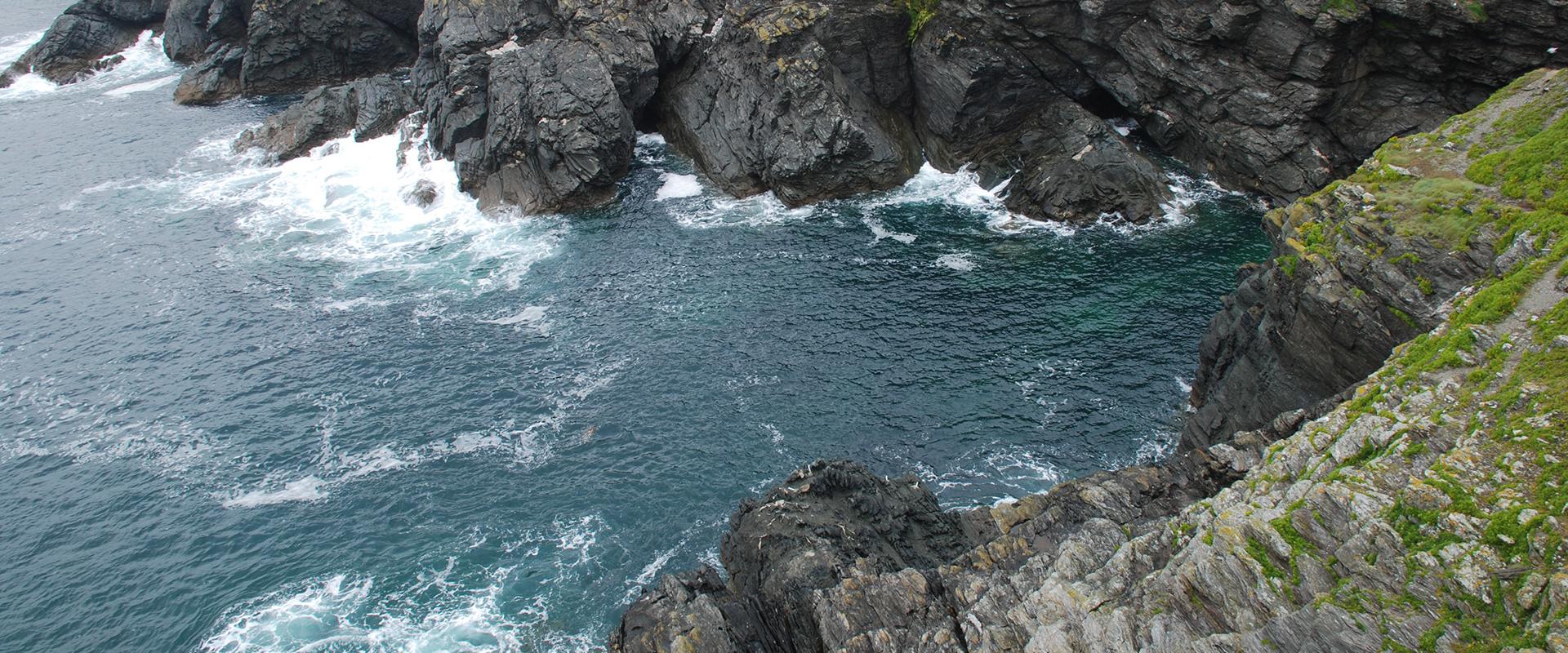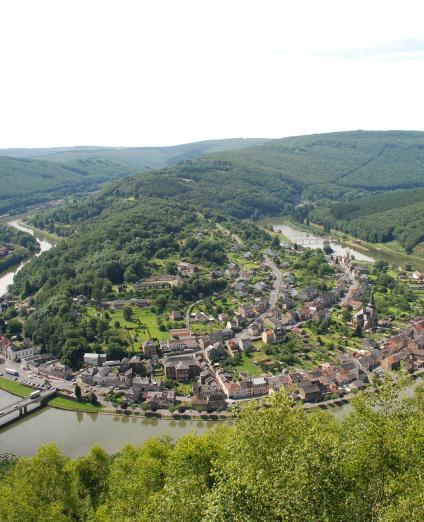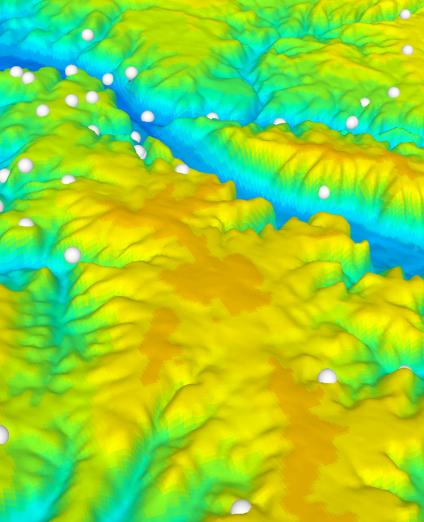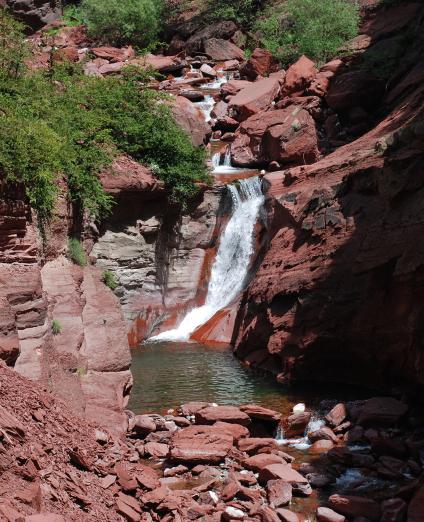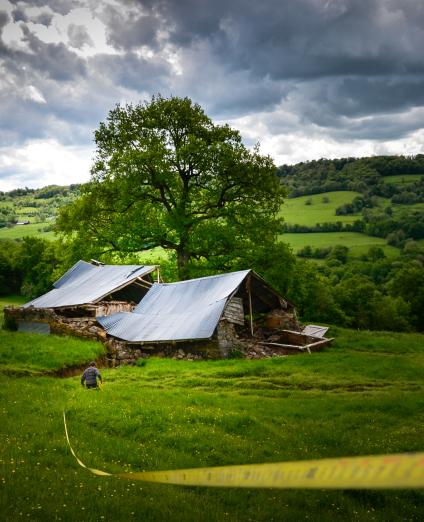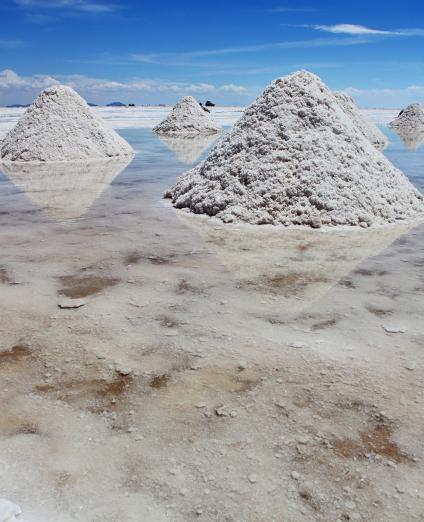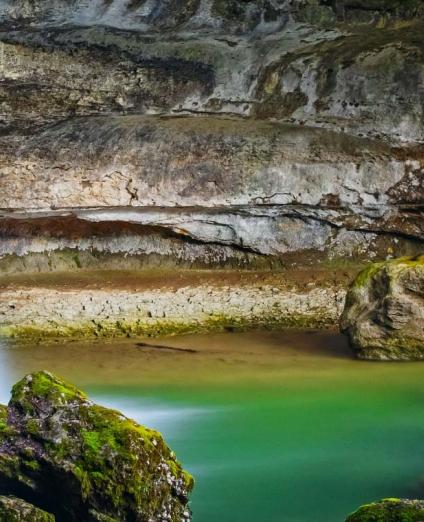As a public institution for research and expert studies, BRGM contributes to the dialogue between science and society in its different fields.
Establishing a dialogue with civil society representatives in the French regions
BRGM's regional representatives organise meetings with representatives of civil society groups to discuss regional environmental questions relating to BRGM's areas of expertise and on which papers and articles have been published.
These meetings provide opportunities for open and constructive discussions. They stimulate exchanges of knowledge - or of knowledge "gaps” - questions from all parties and the expression of their expectations, while observing the ethical principles that guarantee transparency and trust and preserve the independent judgement of all concerned.
Summary of the meeting held at Pontivy on 30 November 2017
Topic on the agenda
Groundwater monitoring in Brittany: systems in place and data distribution.
Date and venue
Thursday, 30 November 2017 at the Pontivy Chamber of Commerce and Industry (56, Morbihan département).
Agenda
- Brief presentation of BRGM,
- Review of Brittany's hydrogeology and geological context,
- Presentation of the quantitative groundwater monitoring network in Brittany, data distribution on the web,
- Processed data products from the piezometric monitoring network: hydrological status bulletins, forecasting tools,
- Discussions on the topic and related challenges for the region
Participants
14 participants representing the following organisations:
- Eau et Rivières de Bretagne;
- Attention mines de Silfiac;
- Citizens' Water Assembly;
- CCSPL Eau du Bassin Rennais;
- Les Landes;
- Viv’Amor Nature (22);
- Association Léo Lagrange (consumer protection) (35);
- Collectif Eau du Pays de Rennes.
Specific points, participants' expectations and questions, discussions
Is there a list of abandoned mining concessions?
Answer: BRGM and government agencies have listed disused mining sites as well as Exclusive Mining Prospection Permits (PERM) granted in the past or under consideration. BRGM has also produced maps of mineral deposits. All this information is available on: www.mineralinfo.fr
In Brittany, BRGM is responsible on behalf of the government for surveillance and maintenance of two former mineral prospecting sites for which licences were granted in the 1970s and 1980s and have now expired, respectively at Bodennec (concession) and Lopérec (PERM).
Will BRGM be acquiring new concessions?
Answer: BRGM no longer undertakes mineral prospecting in mainland France. Its activities in this field now focus on monitoring disused mining sites and risk prevention.
Is the Montebourg project still on the agenda?
Answer: No, not that we know of. All the documents produced as part of the "Responsible Mining" project have been made public and are available on the ministry's website www.mineralinfo.fr
What about monitoring of the Lopérec treatment plant?
Answer: The plant was inaugurated in April 2017. Weekly or monthly monitoring is carried out depending on the period. The plant is operating properly and the discharged water complies with prefectural regulations.
Will the results be made public?
Answer: BRGM's reports are submitted to the Prefecture (via the DREAL), which may distribute them if necessary.
What is happening about monitoring results for old facilities such as Bodennec or Plélauff? At Plélauff, for example, measurements in retention ponds at the foot of the slag heap have shown a pH of 3.3.
Answer: BRGM SA, a subsidiary of the BRGM group, is following the Plélauff case but does not have responsibility for it. The data should be looked at in more detail because in this sector, there is a very acidic natural geochemical background, due to the nature of the geological formations. Accredited sampling and analysis would be required to confirm or refute these values and determine the causes. As regards the Bodennec site, the issue is mainly a matter of controlling the iron concentration in accordance with prefectural regulations.
Groundwater knowledge and monitoring issues:
How will the mining code be revised? Do we really have a precise inventory of the quality of groundwater in Brittany? Do the drillers give all their data to BRGM? Are the drillers trained by BRGM? Are borehole meters mandatory?
Answer: The declaration system varies according to the different regulations: mining code, Water Act for boreholes (declaration between 1000 and 10,000 m3/year and authorisation when abstraction volumes are greater than 10,000 m3 per year and per borehole). The Water Police (DDTM) registers declarations and authorisations for water abstraction from boreholes and BRGM registers declarations for all types of wells deeper than 10 m (with or without water abstraction). With regard to the training of drillers, BRGM, in conjunction with the DREAL and DDTM, organises information days on regulatory developments and good drilling practice.
Groundwater quality is monitored by different networks such as the ARS network for drinking water catchments or the Loire-Brittany Water Agency network for the status of large groundwater bodies. Other ad hoc and local monitoring is carried out, but does not provide a complete and accurate overview of the quality of all aquifers in Brittany.
How have groundwater reserves evolved over the last 20 years?
Answer: BRGM set up a groundwater observation network across Brittany some fifteen years ago. Of the 52 measuring points, some have now been monitored for more than 35 years, but this is not long enough for current monitoring to determine a long-term trend in the evolution of groundwater reserves.
Are there specific regulations for drilling in zones where groundwater makes a "high contribution" (shown in orange) to river flows?
Answer: Not at the moment. However, in certain cases where there are particular challenges, local vulnerabilities or potential user conflicts, the Water Police may oppose the drilling of a well.
Is there enough historical data on piezometric boreholes?
Answer: The data recorded over the 15 to 35-year period allow current trends to be assessed but further work is required to improve the reliability of scenarios for the longer term.
52 piezometers providing robust data: that's a lot and at the same time not very much, given Brittany's geological context. How representative is this data?
Answer: Despite the limited number of measurement points, the relevance of their location in relation to the complexity of Brittany's subsurface makes it possible to provide fairly robust data. These data are very important as they enable the groundwater status bulletins to be drawn up at least 8 times a year. When drawing up these bulletins, it appears that nearby piezometers very often react in the same way, which indicates that they are representative of the behaviour of the aquifers. Furthermore, these data and bulletins allow regular assessments of the situation that can, if necessary, trigger management measures (prefectural decrees, drought committees, restrictions, etc.).
Do you produce real-time snapshots of the status of the aquifers?
Answer: BRGM publishes 8 regional groundwater status bulletins every year, in effect providing a forecasting service for groundwater reserves. The piezometers are located close to the meteorological stations, allowing for comparisons and cross-analysis. BRGM also works with statistical data to take the variability of meteorological data into account.
What about the pumping trials performed in December or January?
Answer: BRGM recommends carrying out trial pumping operations during low-water periods. If this is not possible, the results have to be corrected by using historical rainfall data from previous years.
A ranking system is used to determine the relative importance of: rivers, streams and catchment basins. Is there a ranking system for groundwater?
Answer: BRGM Brittany is currently leading the ANAFORE project, whose aim is to study the 100 most productive deep and mid-depth boreholes in Brittany. The idea is to protect certain areas and reserve them for future drinking water supplies. This more regulatory aspect will be initiated by the ARS and the Loire-Brittany Water Agency on the basis of the ANAFORE project's conclusions. At present, there are no aquifer maps nor is there a classification.
Does BRGM know the quality of the aquifers?
Answer: Yes, through groundwater quality monitoring networks (whose data are disseminated on the ADES website). The data from the network run by the Loire Brittany Water Agency is used to characterise the quality status of groundwater masses and to analyse changes over time (as required by the European Water Framework Directive. BRGM's website on Brittany's groundwater (SIGES Bretagne) allows users to visualise the 20 water masses of the Brittany region and their quality as measured at 55 sampling points.
Groundwater uses, management and use conflicts:
Which boreholes have the greatest impact on groundwater levels? How is the variability of rainfall in Brittany taken into account? Is there a map of underground vs. surface catchment basins?
Answer: The impacts of boreholes and groundwater abstraction from them is studied on a case-by-case basis by the relevant government agencies and depend on the volumes abstracted, their distribution over the year, the relationship between the water table and rivers, other existing uses, the geological and hydrogeological context, the vulnerability of the resource, etc. If significant impacts are anticipated, the government agencies request additional studies to complement the initial data. The underground basins in Brittany correspond broadly to surface catchment basins, and this approach is sufficient for overall analyses. However, for more local investigations, the contours of the underground basins have to be redefined. This has been done for some sectors of Brittany through ad hoc studies.
Do we know the volume of groundwater being used so that an overall assessment can be made of groundwater abstraction in Brittany?
Answer: Various organisations make inventories of groundwater abstraction by type of water use, based on the statutory declarations (to the Loire-Brittany Water Agency, Regional Health Agency and Water Police) and the volumes abstracted annually. However, some abstraction is not subject to these declarations (volumes below statutory thresholds, special uses). In some areas, these small volumes can be significant in proportion to the available resource, with potential adverse effects. It is therefore important to be able to evaluate them. BRGM accordingly undertook an assessment of all groundwater abstraction for 2009. For groundwater intended for livestock farming, which is not reported in the usual databases, BRGM made estimates based on theoretical calculations coupled with a census of boreholes reported in the subsoils database (BSS). Abstraction data for all types of uses were then evaluated for each hydrogeological entity. These results are available on the SIGES Bretagne website.
What is the effectiveness and relevance of artificial aquifer recharge? Is this relevant in the Brittany context?
Answer: Water stakeholders are discussing the relevance and effectiveness of this type of technique, which could be one of the potential solutions for improving the management of water resources and adapting to climate change. BRGM recently began to address this topic, but has not yet undertaken any studies of this type in Brittany.
Information for the general public and users:
The representatives of the various associations attending expressed their needs concerning communication and educational activities: they would like BRGM to do more in terms of local communication, citizens' science, and providing more information for the general public and users, but also for elected representatives and local authorities. The themes to be focused on include groundwater, regulations, the vulnerability of water resources and data availability.
How can BRGM data be disseminated to users in a more accessible way?
Answer: SIGES Bretagne is a website on groundwater in Brittany which already contains a lot of informative material and data for communication with the general public. Some articles are also aimed at more informed (expert) readers. This site aims to further develop popular science articles that cater specifically for the general public and school pupils. In the coming months, specific action will be taken in this direction. Among the possible improvements envisaged by BRGM, an Editorial Committee could be set up to take better account of user needs. More interaction would also be need with local elected officials who could relay information to the population.

